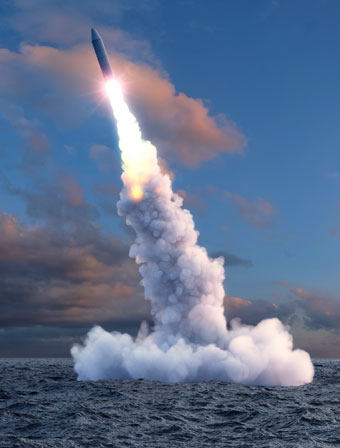Can the U.S. protect its nuclear weapons in Turkey?
Todd Sechser on the backstory and downside of removing this nuclear arsenal
Read the full story at the Washington Post
U.S. forces reportedly came under artillery fire from Turkish troops heading into northern Syria last week — another sign of the sudden plunge in U.S. relations with Turkey.
On Monday, President Trump imposed economic sanctions against Turkey and threatened to “swiftly destroy Turkey’s economy.” Vice President Pence announced a cease-fire agreement with Turkey on Thursday, but this does not appear to fully address the underlying problems in the bilateral relationship. Over the summer, the Pentagon kicked Turkey out of the F-35 joint strike fighter program, marking U.S. displeasure that Turkey was buying advanced Russian military technology.
This deteriorating relationship is troubling because Turkey is a long-standing NATO ally. But even more worrisome are the nuclear weapons — about 50 B61 gravity bombs — that the United States stores at Incirlik Air Base in Turkey, less than 100 miles from the Syrian border. Wednesday, Trump appeared to confirm the existence of these weapons in a startling break with past practice, but over the weekend, U.S. officials reportedly were considering plans to withdraw them.
Why does the U.S. have nuclear weapons in Turkey, and what would be the risks of withdrawing them? Here’s what you need to know:
1. These weapons are relics of the Cold War
The United States first deployed nuclear weapons on Turkish soil in 1959. Soon thereafter, President John F. Kennedy used them as bargaining chips to end the Cuban missile crisis, agreeing to withdraw nuclear-armed Jupiter missiles from Turkey in exchange for the removal of Soviet nuclear weapons in Cuba. But Washington has continued to deploy shorter-range tactical nuclear forces since then.
Why does the United States keep nuclear weapons on foreign soil, and how does this strategy advance American interests? Our research reveals that three main strategic drivers behind these deployments.
[M]ost of the U.S. nuclear arsenal is carried by ballistic missiles—rather than long-range bombers—so most of the world is within range.
 First, these deployments were once a way of coping with technological limitations. In the early days of the Cold War, before intercontinental ballistic missiles (ICBMs) and nuclear-armed submarines became the backbone of the U.S. arsenal, putting nuclear weapons in Europe expanded the U.S. ability to respond quickly to an enemy attack. Today, of course, most of the U.S. nuclear arsenal is carried by ballistic missiles — rather than long-range bombers — so most of the world is within range.
First, these deployments were once a way of coping with technological limitations. In the early days of the Cold War, before intercontinental ballistic missiles (ICBMs) and nuclear-armed submarines became the backbone of the U.S. arsenal, putting nuclear weapons in Europe expanded the U.S. ability to respond quickly to an enemy attack. Today, of course, most of the U.S. nuclear arsenal is carried by ballistic missiles — rather than long-range bombers — so most of the world is within range.
Second, nuclear deployments serve as a warning to potential attackers. U.S. leaders during the Cold War believed that putting nuclear forces in Europe would discourage a Soviet invasion, because Soviet leaders would be worried that a limited conflict would quickly turn nuclear. Even after the dissolution of the Soviet Union, Turkish military commanders argued that U.S. nuclear deployments served as a deterrent to aggression by regional rivals such as Iran.
Third, nuclear deployments are also intended to reassure allies — including Turkey. Reassurance is not only about managing intra-alliance relations, however — it can also be an important nonproliferation tool. By mitigating the security concerns of allies, U.S. nuclear deployments could prevent them from launching their own nuclear programs.
2. Nuclear deployments in Turkey bring the United States few benefits
U.S. nuclear forces in Europe may have served a function during the Cold War, but they are increasingly obsolete.
What matters is the U.S. commitment to defend its partners with nuclear weapons if necessary — not where these nuclear forces are physically located.
A recent study we conducted shows that the critical factor for preventing aggression against U.S. allies is a formal alliance relationship with the United States — not the presence of U.S. nuclear weapons. Indeed, our research found that global deployments of nuclear weapons made very little difference for deterrence even during the Cold War.

